In 2024, many animators feel undervalued by their employers, feeling that they are underpaid and overworked. With the growing popularity and abilities of AI, companies are more inclined than ever to abandon traditional artists and writers.
On November 30, 2022, Chat GPT was released to the public, and they loved it; interest in AI skyrocketed, and companies noticed. With the introduction of AI image generation, companies wouldn’t need to pay as much to produce art for advertisements, films, and services.
This soon led to the production of many AI-generated tools: chatbots, homework help, and image generation. AI image generation, or AI “art,” was at the forefront of this AI boom: many found the ability to alter an image with AI or even create an image with AI to be extraordinary. In 2021, during Chat GPT’s development, OpenAI also developed CLIP (Contrastive Language-Image Pretraining), which allowed for text prompt image generation, making AI image generation much more user-friendly. In subsequent years, companies started to produce their own AIs, with a few recent examples being Microsoft’s Co-Pilot or Apple Intelligence.
Artists have had their pieces used to train the AI without consent. Midjourney, a popular AI image generator, was exposed for using stolen art from over 16,000 artists, nearly all used without permission. Scarlet Johansson, a popular actor who played Black Widow in Avengers, was approached by Open AI multiple times in hopes that she would give her voice to an AI voice. After she refused, she found they had a voice that sounded almost exactly like her; after much questioning, the voice was taken down without substantial reason. Later, Johansson used this to bring attention to the lack of safeguards against AI use and abuse.
Towards the end of 2023, Disney released a Disney+ exclusive Marvel production, Secret Invasion; however, it wasn’t without controversy. The entire opening of the show was made with AI.
The SAG-AFTRA strike, which took place between July 14th to November 9th, 2023, was caused by new industry policies on streaming, advancements in AI technology, and digital recreation. The goal was to get better working conditions and pay for workers, journalists, talk show hosts, actors, and many other jobs in the field. Corporations were planning to hold out on the strike until the actors had no choice but to end it.
With the rise of AI image generation, corporations saw the potential. Corporations are less inclined to spend millions to support hundreds of workers over a year when they could spend less than a tenth of that on 20 workers and an AI over the span of a month. Honda, LEGO, Toys R Us, and Starburst are a few examples of companies that have used AI before, specifically in promotional material (ads and website images).
Co-pilot was released on November 1, 2023. The entire marketing campaign for Co-pilot was “a bit of assistance.” The ad depicts Co-pilot making storyboards for a movie, writing code for a game, and making logos for a business. The ad states that the co-pilot is an assistant, merely there to help; however, they depict the AI doing major parts of the project that could be done realistically by anybody if the time and effort are put into learning how to do them.
AI is often marketed as an easy way out. Companies use it for quick, easy, and cheap production of projects. AI can replicate actors’ faces, voices, writing styles, and art styles. AI can make images, write stories, and replace voice actors, and within a few years might be able to make high-quality content that corporations would see as a money-saving method. Some people think companies are in the right as they are saving money, and that’s why it’s fine to show no respect for artists trying to find work.
AI isn’t inherently bad; there are some good examples of AI being used to assist in production: Siri, Apple’s AI assistant, which can set alarms for you or edit your calendar; Photoshop’s generative fill which helps fill in removed space, which can reduce editing time significantly; and Grammarly assists by doing grammar checks to cut down on production time (which I was using while writing this).
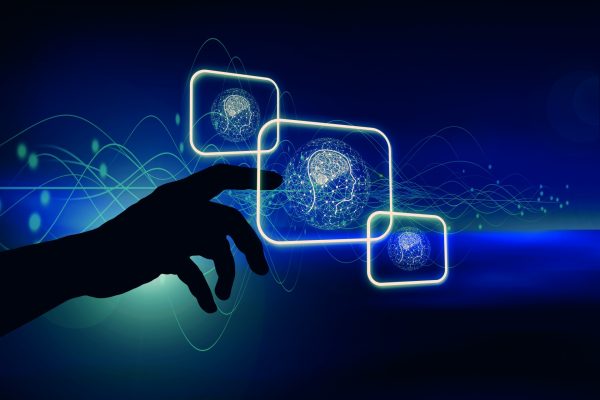
The threat to fine arts careers in the United States isn’t AI; rather, it’s the people who use it. Art is undervalued, by both companies and consumers. With a severe lack of understanding of the process and a lack of respect for the field, at the forefront of this, are companies who only look at the bottom line and consumers who care little about the source of their own entertainment.
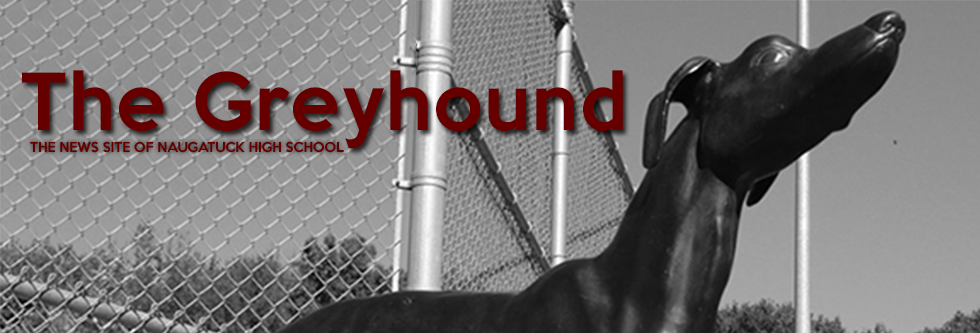
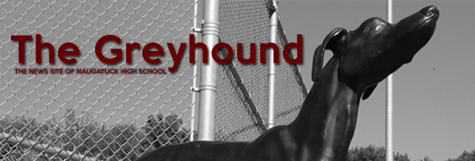
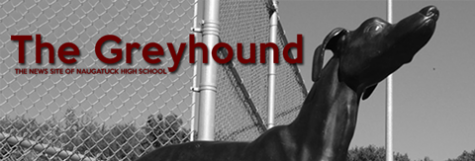
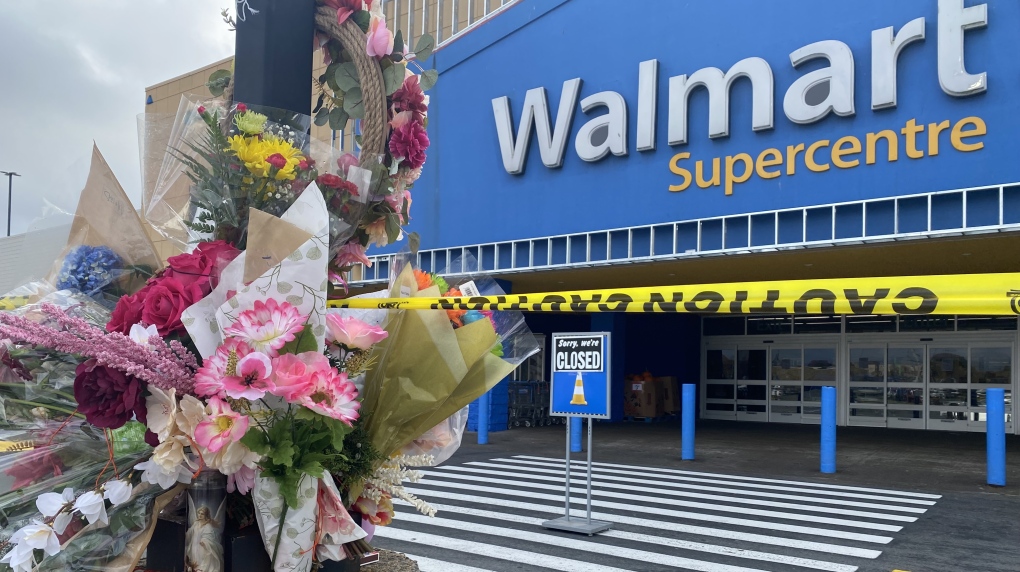


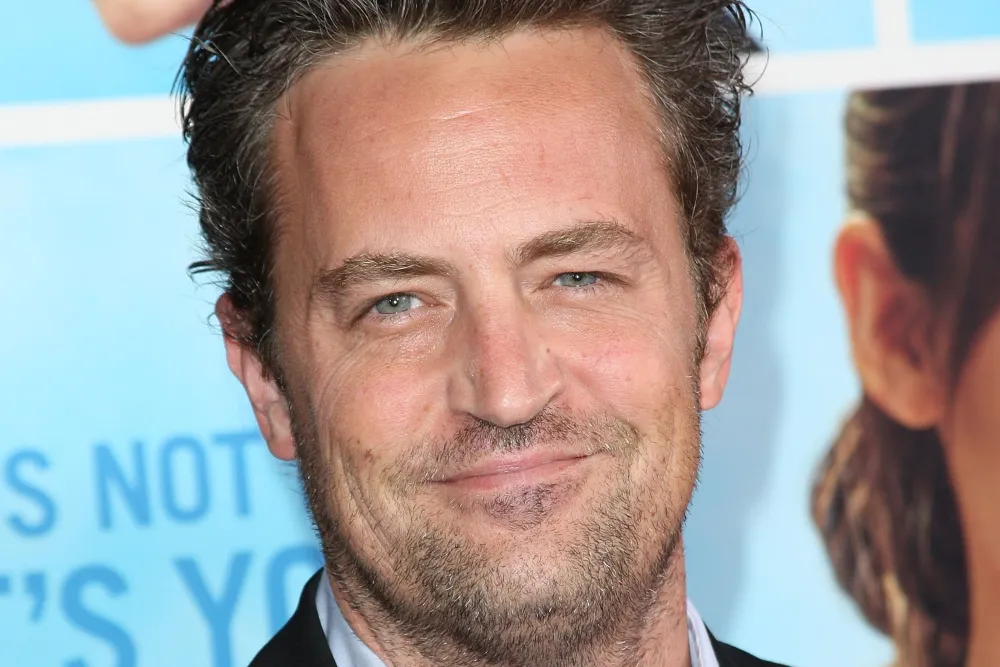
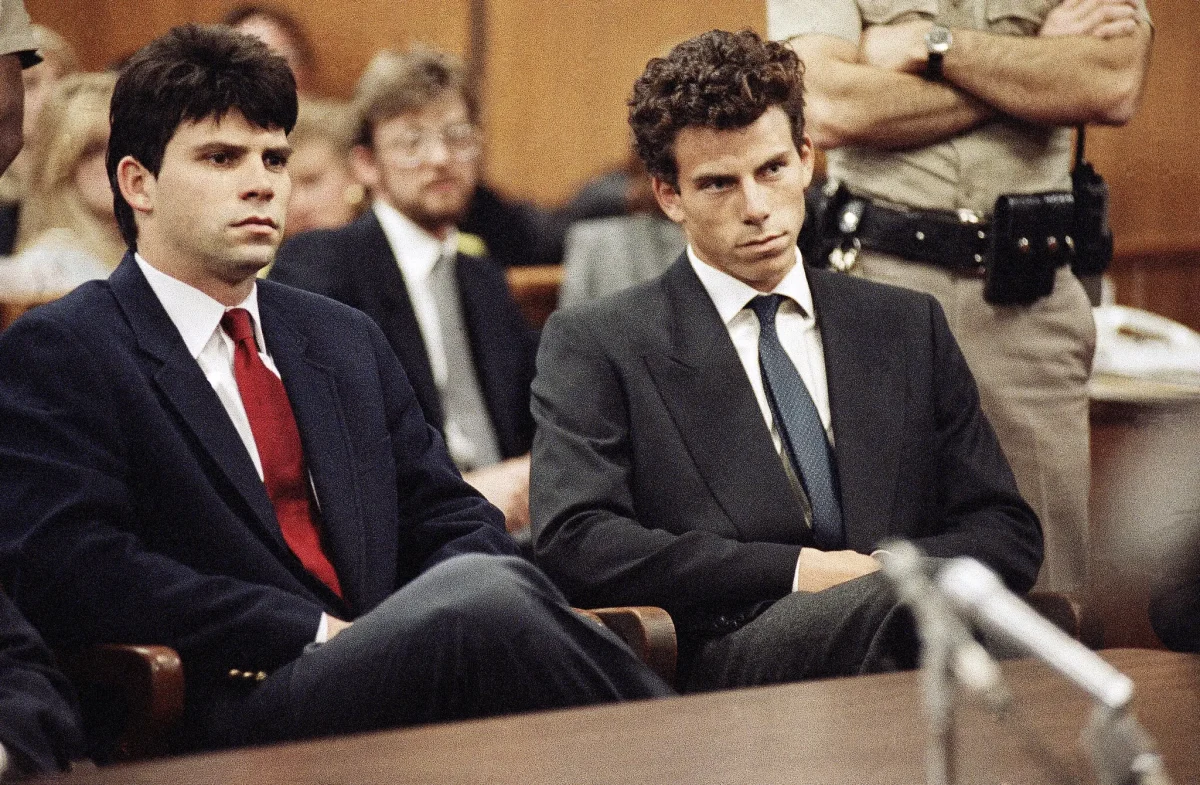

Mulhall • Sep 17, 2024 at 11:54 am
well done!
Amanda Nagurney • Sep 16, 2024 at 1:32 pm
What a great article! Very well researched… I learned a lot!
Paul Singley • Sep 16, 2024 at 11:43 am
Nice job on the article, Nathan. – Mr. Singley